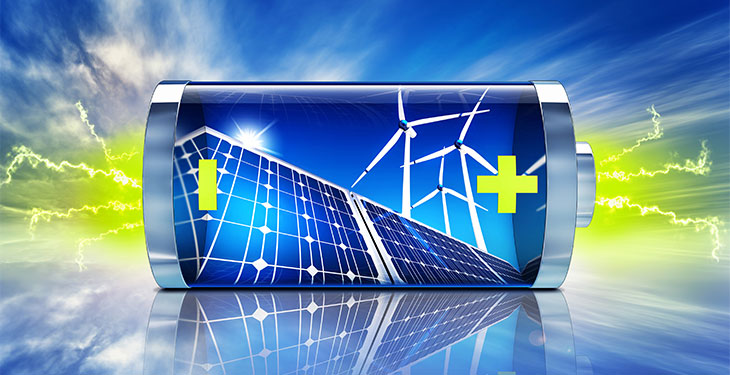Every year, the clean energy experts at Bloomberg New Energy Finance (BNEF) predict what will happen in the sector in the year ahead. This year’s predictions have landed.
BNEF chief editor Angus McCrone writes that the falling costs in lithium-ion batteries, solar and wind energy that 2017 saw will continue in 2018 thanks to economies of scale and technological improvements, while the global economic recovery and associated strengthening of oil and coal prices will make clean energy and electric vehicles more competitive against their fossil fuel counterparts, according to Forbes. However, tightening monetary policies and higher interest rates “could start to affect the cost of capital, and therefore the relative competitiveness, of high-capex, low-opex technologies such as wind and solar”.
The research group predicts that 2018 investment in clean energy will be about the same as 2017’s $333.5 billion, but more capacity will be installed because of “the remorseless reductions in solar (and to some extent, wind) project capital costs”. More than 100GW of solar capacity will be installed in 2018, BNEF head of solar Jenny Chase predicts and although China will still dominate with about half the market, new markets will also open up. “This is the year that Latin America, south-east Asia, the Middle East and Africa will make up a measurable slice of the total. For instance, Mexico is likely to be a 3GW-plus market in 2018, and Egypt, the UAE and Jordan between them at 1.7-2.1GW,” she writes.
The wind energy market will be steadier, with about 59GW of onshore and offshore capacity added in 2018 before a rush in 2019 as the US Production Tax Credit nears its sell-by date. Onshore, China and Latin America will continue to see growth and while the usual suspects – the UK, Germany, the Netherlands and China – will dominate offshore, there are signs that the US and Taiwan markets are set to take off. Costs continue to fall, with two bidders – Vattenfall and Statoil – already lined up for the Netherlands auction of some 700MW of offshore capacity with zero subsidy. “Competition between a strong selection of developers would be another sign of the much-improved cost-effectiveness of offshore wind,” says Tom Harries, senior wind analyst at BNEF.
The increase in renewable energy capacity will be accompanied by a continuing fall in the price of lithium-ion batteries, although the pace of the fall will be slower than in recent years because of an increase in raw material prices, says Logan Goldie-Scot, head of energy storage. “Cobalt and lithium carbonate prices rose 129% and 29% respectively in 2017. This will start to increase average cell prices in 2018, leading to many headlines about how the EV revolution and the rise of energy storage are under threat. Despite this, we expect average pack prices to decline by 10-15%, driven by economies of scale, larger average pack sizes and energy density improvements of 5-7% per year,” he asserts.
The increase in energy storage will be driven by price cuts, the growing need for flexibility in the power system and growing confidence in the technology as recently-installed projects continue to prove their robustness and value for money. “Global storage deployments in 2018 will exceed 2GW/4GWh, and South Korea will be the single largest market, for the second consecutive year,” Goldie-Scot says, but he warns that “the market is still fragile, however, and some expectations about the speed of deployment are not realistic. Policies rather than economics alone will determine the rate of uptake [yet] energy storage remains poorly understood by many within the energy sector and by policy-makers.”
